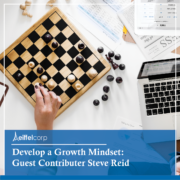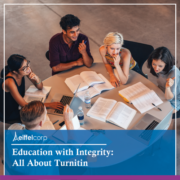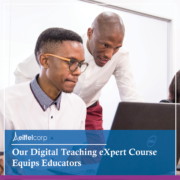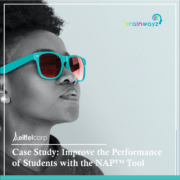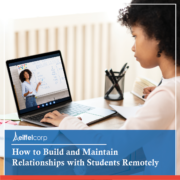
“Plagiarism is perhaps one of the foremost and richest of postmodern dilemmas.”
Aside from the disciplinary perspective, plagiarism also harms the extent to which your students can learn whilst in years of academic study. When your students cheat through plagiarism they are ultimately cheating themselves as they have spoiled the chance to learn and develop their knowledge on a specific subject. This learning and development skillset could place them in good position for later life so from all perspectives, plagiarism is something which should be avoided at all costs.
They lack confidence.
Even students who are confident about their ideas may be tempted to borrow an author’s words because the author “says it better than I can.” Students may not be familiar with the lingo that is used in some academic areas that are new to them. They may feel awkward about trying to incorporate those words and phrases into their writing.
They think they are supposed to reproduce what the experts have said.
Many students think learning is a passive process, whereby they are supposed to let other people fill their heads with knowledge, like vessels being filled with water. Thus, they may assume that the point of doing research for a paper is to collect ideas, quotes, and evidence from experts. Then, to show what they have learned, they will reproduce it in the form of quotations, summaries, and paraphrases, perhaps knitting together those pieces with some brief transitions. (Lipson & Reindl, 2003; Ashworth & Bannister, 1997).
They have difficulty integrating source material into their own exposition or argument.
It is not easy to write an effective summary, paraphrase without plagiarizing, and weave quotations into one’s own text. This is particularly true if students are simultaneously figuring out what they think and learning how to formulate their argument according to the conventions of a particular field. Students are likely to summarize or paraphrase without appropriately citing their sources.
They do not understand why people make such a fuss about sources.
Some students feel that their experience is enough to support their claims. Others see collecting sources as an add-on chore. These students will ask, “If the source says the same thing I’m saying, do I have to cite it?” or “Do I need to cite my own ideas if I find that someone else has thought them?” These students do not see themselves as members of a scholarly community that is collectively building knowledge but, rather, as islands of self-contained knowledge or as outsiders who are merely trying to get through this ordeal (Ashworth & Bannister, 1997).
They do not understand that they need to cite facts, figures, and ideas, not just quotations.
These students are not trying to slip something past you. If they were, they would not have gone to all the effort of including citations for every quotation they’ve included in their papers. Very often, students are simply confused about which kinds of information need to be cited, or they assume that a citation placed at the end of a paragraph is sufficient to cover all of the sources they relied on in earlier sentences.
They are learning.
Some scholars of writing composition argue that students who abuse paraphrasing by simply inverting word order or changing word forms are just trying to digest new material. Such “patchwriting,” they say, is part of a long tradition of learning to write by copying more expert writers, imitating them as a way to begin processing and absorbing new content and skills (Howard, 1995).
They are used to a collaborative model of knowledge production.
For students who have grown up with sampled music and video mashups, who come from certain cultural backgrounds, or who’ve experienced certain kinds of collaborative learning, it can be confusing to be told that they are supposed to distinguish their own thoughts and ideas from those of their friends and family members (Price, 2002).
Turnitin offers a wide variety of solutions that can assist with any sort of plagiarism happening at your institution. Find out more about these solutions – click the link below
https://www.eiffelcorp.co.za/education-with-integrity/
References
Ashworth, P. & Bannister, P. (1997). Guilty in whose eyes? University students’ perceptions of cheating and plagiarism in academic work and assessment. Studies in Higher Education, 22, 187-204.
Bowden, D. (1996). Coming to terms: Plagiarism. English Journal, 85 (4), 82-85.
Franklin, B. (1788). The autobiography of Benjamin Franklin. https://wwnorton.com/college/history/america-essential-learning/docs/BFranklin-Autobiography-1788.pdf
Howard, R.M. (1995). Plagiarisms, authorships, and the academic death penalty. College English, 57, 788-807.
Lipson, A. & Reindl, S.M. (2003, July-August). The responsible plagiarist: Understanding students who misuse sources. About Campus, 7-14.
Price, M. (2002). Beyond ‘gotcha’: Situating plagiarism in policy and pedagogy. College Composition and Communication, 54 (1), 88-116.
Woodmansee, M. & Jaszi, P. (1995). The law of texts: Copyright in the academy. College English, 57, 769-788.
Citation: Cleary, M.N. (2017). Top 10 reasons students plagiarize & what teachers can do about it (with apologies to David Letterman). Phi Delta Kappan 99 (4), 66-71.
https://kappanonline.org/cleary-top-10-reasons-students-plagiarize/
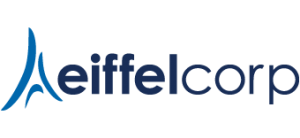

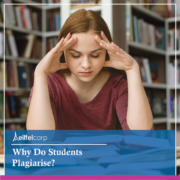
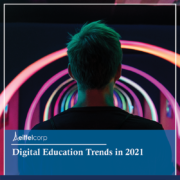

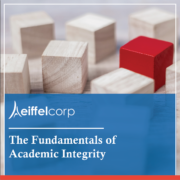







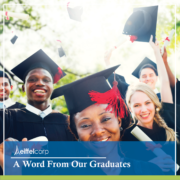

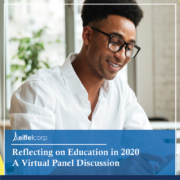
 The year 2020 has been one of the most globally disruptive periods in living memory. Apart from a significant loss of life through the virus itself, Covid-19 has brought about tectonic shifts in the way that people live, work and learn.
The year 2020 has been one of the most globally disruptive periods in living memory. Apart from a significant loss of life through the virus itself, Covid-19 has brought about tectonic shifts in the way that people live, work and learn.